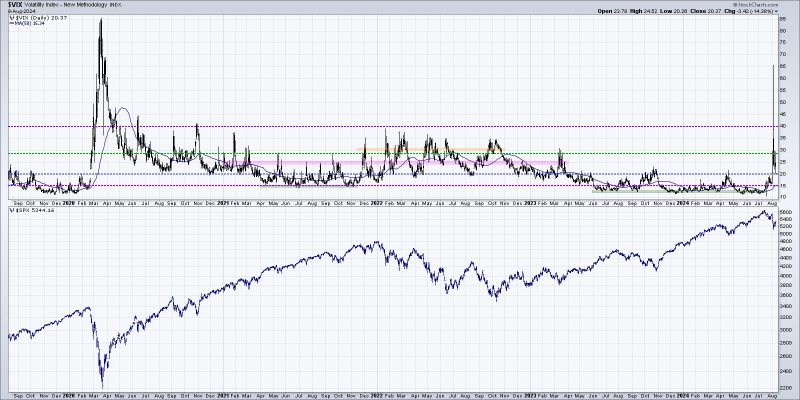Market Sentiment Indicators: Understanding the Bearish Phase
Market sentiment indicators play a crucial role in providing insights into market trends and investor behavior. By analyzing these indicators, investors can gain a better understanding of the overall market sentiment and potential future market movements. In a bearish phase, where prices are falling and investor confidence is low, it becomes even more important to closely monitor these indicators to make informed investment decisions.
1. Fear and Greed Index:
The Fear and Greed Index is a widely used market sentiment indicator that measures investor sentiment based on a variety of factors such as stock price momentum, safe-haven demand, market volatility, and junk bond demand. This index ranges from 0 (extreme fear) to 100 (extreme greed) and provides a snapshot of whether the market is currently driven by fear or greed. In a bearish phase, the Fear and Greed Index tends to be on the lower end of the spectrum, reflecting heightened levels of fear among investors.
2. Put/Call Ratio:
The Put/Call Ratio is another important market sentiment indicator that measures the ratio of put options to call options traded on a particular security or index. A high put/call ratio suggests that investors are bearish and are buying more put options (bets on the price of an asset going down) compared to call options (bets on the price of an asset going up). In a bearish phase, the put/call ratio tends to be elevated as investors hedge against potential downside risk in the market.
3. VIX Index:
The Volatility Index (VIX) is commonly referred to as the fear gauge of the market as it measures the expected volatility of the S&P 500 index over the next 30 days. High levels of volatility are often associated with market uncertainty and fear, signaling a bearish sentiment among investors. During a bearish phase, the VIX index tends to spike as investors seek to protect their investments from rapid market fluctuations.
By paying attention to these market sentiment indicators, investors can better assess the prevailing sentiment in the market and adjust their investment strategies accordingly. While a bearish phase may present challenges, it also offers opportunities for astute investors to capitalize on undervalued assets and potential market reversals. Ultimately, staying informed and vigilant in monitoring market sentiment indicators can help investors navigate volatile market conditions and make well-informed investment decisions.




























